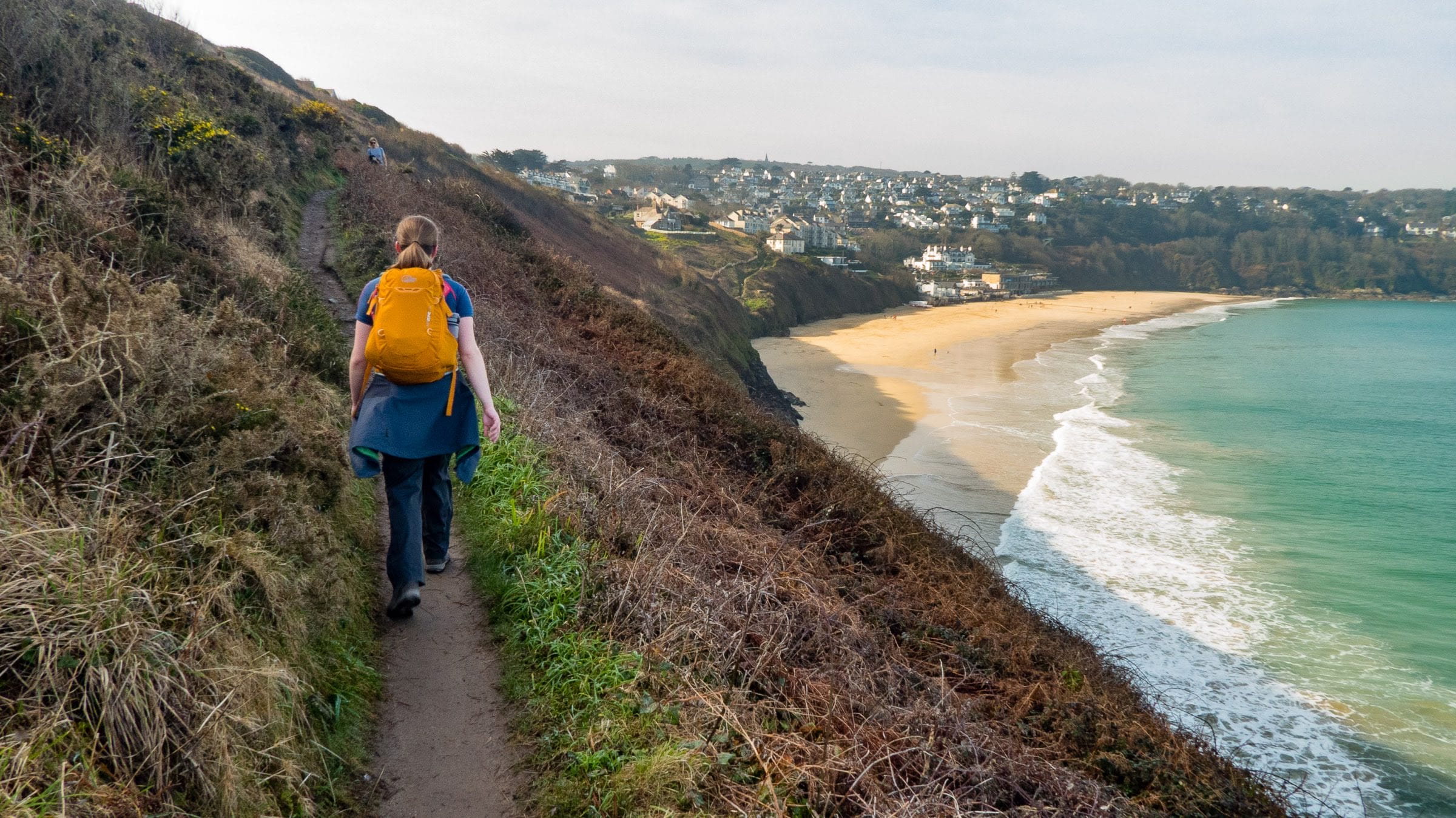Imagine hiking the most beautiful trail in Ireland, Scotland, England, Wales or on The Camino. And now imagine your feet being in agony while you do it. It wouldn’t be very enjoyable. Taking care of your feet is a very important aspect of being a hiker. Luckily, we’ve got some top tips here at Hillwalk Tours so this is our guide to footcare for hikers!
How Important Are Your Feet?
After your brain, your feet are the most important part of your body for hiking. The first step (no pun intended) towards walking is to mentally prepare yourself for the journey ahead. The next step is to put one foot in front of the other.
Your feet take you everywhere everyday. On hikes, they go through a lot more than they usually do – bearing the weight of your backpack, traversing unfamiliar ground and ascending/descending steep slopes. This is why taking care of your feet is so important – you can only go as far as they will take you!
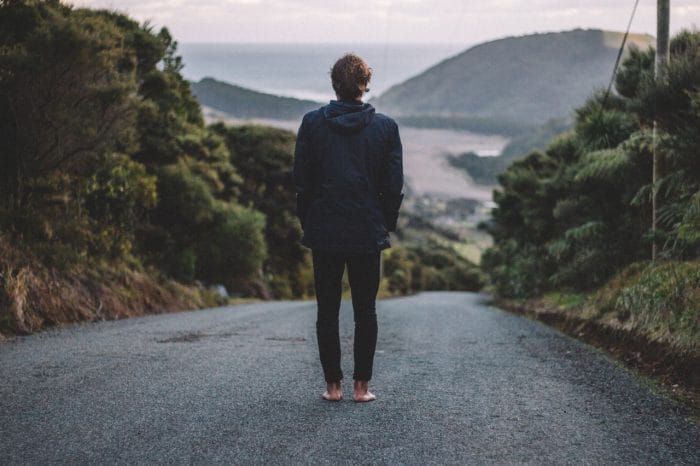
Tips For Buying Hiking Boots
Buy Shoes In The Evening
Your feet swell during the day, meaning your feet will be slightly bigger in the evening than in the morning. If you buy hiking boots in the morning, chances are they will be too tight for your swollen hiking feet.
Your feet will slightly swell during your hike, so its best to buy your swollen shoe size, rather than your unswollen shoe size.
Put Them Through Your Tests!
We all shuffle around shoe shops when we’re testing out new shoes. On the trail, however, you won’t be timidly shuffling along.
Take big strides, climb stairs and test the ankle support before deciding which pair of hiking boots to go for.
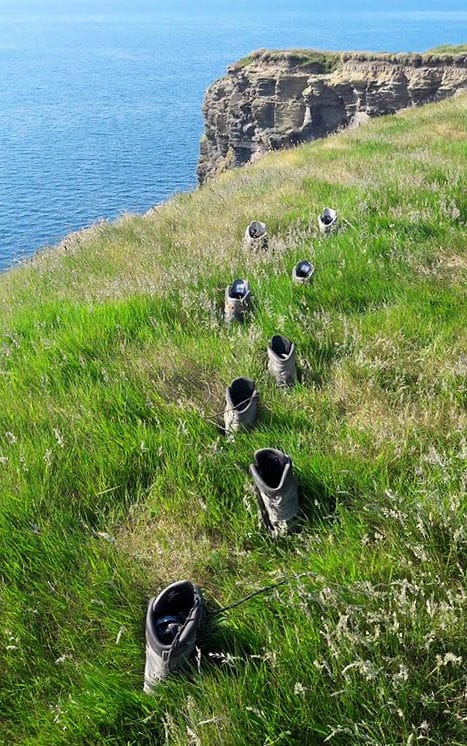
Different Brands, Different Widths
Different manufacturers of hiking boots will have different widths. You might have a narrow foot according to one brand, but a wide foot according to another.
Test out a variety of boots before picking the one that’s right for you.
Break Them In!
Don’t let the first time you wear your new boots be on your first hike. Hiking boots need some breaking-in time so be sure to wear them around the house and on smaller walks before undertaking a long-distance hike.
Be Cautious When Buying Online!
Similarly to the last point, don’t let the first time you wear your new boots be once they’ve arrived in the post. It’s always a good idea to try something like hiking boots on in an actual, physical store, especially if you are still new to the world of hiking and the associated footwear. Not only can you accidentally get the sizing completely wrong when purchasing shoes online, but you might get the overall type and feel of footwear wrong too.
In store you have the opportunity to really try before you buy. You can test out whether the boot will be correct for the climate and conditions. It might take you trying on a good few different pairs to hone in on the absolute perfect pair for yourself.
Attempt number one might be too clunky. Number two might be too warm for your upcoming hike in Spain. Number three might not be waterproof enough for a future trip to Scotland. And so on and so forth. And that’s not even mentioning the correct sizing! Yes, there are certain online stores which now take one free return if the size is slightly off, but there’s still no better alternative to actually getting the perfect fit in store.
Plus there’s often at least some sort of return postage charge in one or more directions. In my experience, it’s only the most serious runners and joggers who can successfully purchase their own running shoes online. Because they go through shoes at a rate of one pair every six months – sometimes even more frequently – they simply get their ordering routine down pat, buying the exact same make, model and size every time to ensure the right fit.
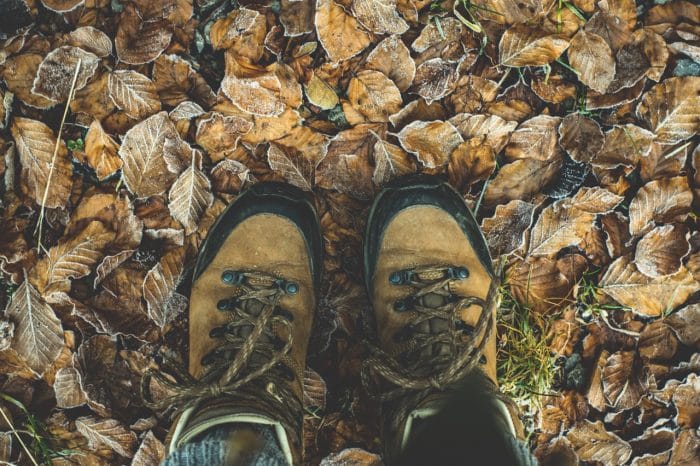
Foot Strength and Blisters
Walk Barefoot
Walking (not hiking) barefoot will strengthen your foot muscles and give a true sense of your own balance. Your feet will get used to different conditions and terrains and it’ll help you to keep your balance while hiking with your boots on.
Stretch
Stretching your feet is very important to avoid foot cramp, and also to loosen up the muscles and prevent aches and pains.
Tight Hiking Socks
Tight hiking socks will help to prevent blisters as there’s no friction between your socks and your skin. If necessary, put a thin (nylon) inner sock inside your hiking sock as extra protection.
Blister Plasters
If you feel a blister beginning to form, apply a blister plaster to provide extra cushioning. Use whatever works for you personally for alleviating and preventing blisters, be it moleskin, corn pads, medical tape, duct tape, two pairs of socks, wool socks or petroleum jelly.
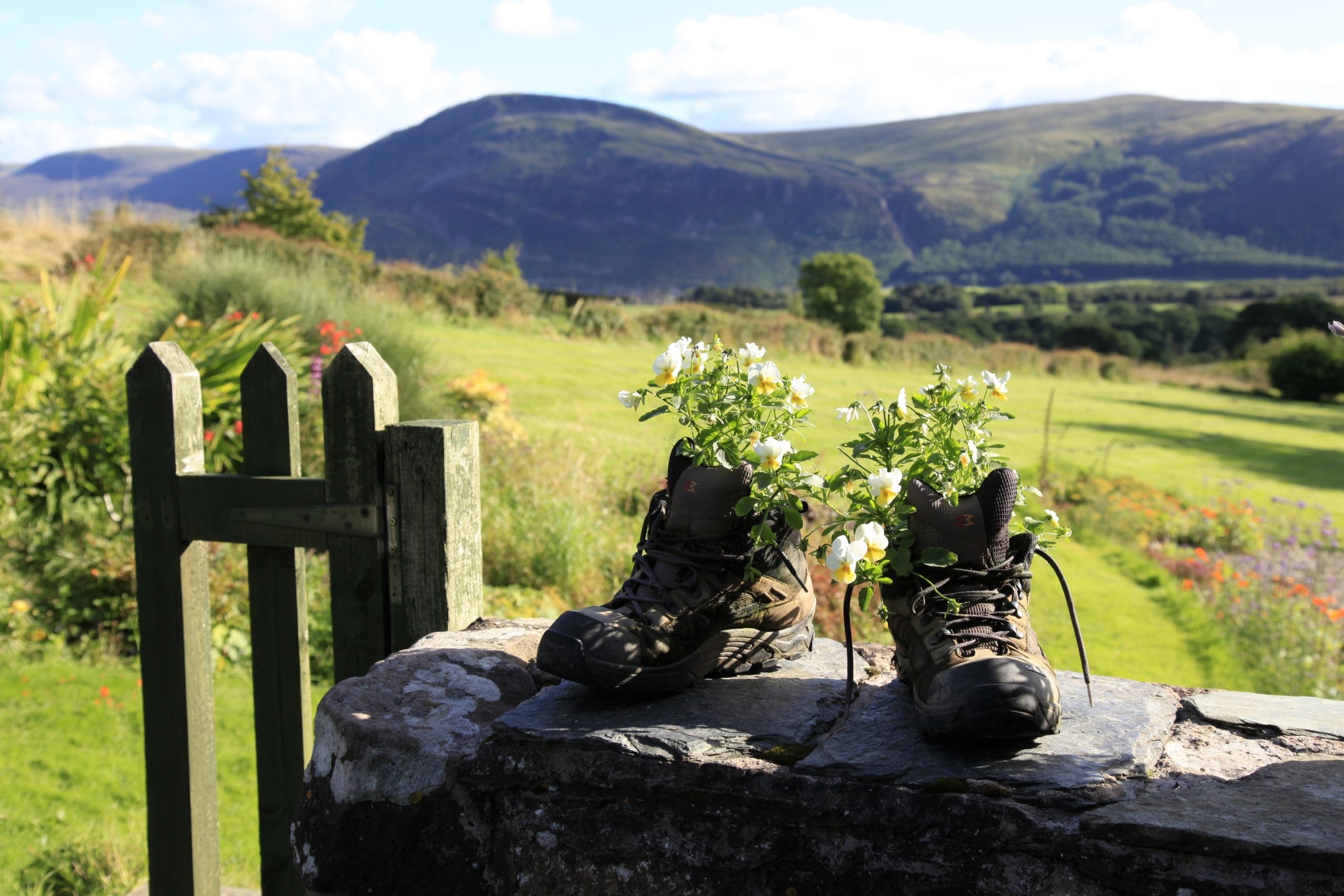
Take A Break
Take a break during your hike to let your feet breathe and air out. Try cooling them off in a stream and drying your feet before putting your socks back on. If your socks are wet, make sure to change them! Don’t be afraid to give your socks a bit of a rinse if they are a bit dirty as well. Wash your socks as best you can and tie them to your pack to dry them while moving.
Look after your Hiking Boots
There’s no point in having the absolute best boots in the world which fit and suit you perfectly if you aren’t going to properly maintain and look after them. Just like with any piece of equipment in life, something which is regularly used like a pair of hiking boots will undergo a considerable amount of wear and tear. Protective surfaces will be worn down, waterproof layers will begin to lose their imperviousness, and laces will become frayed.
As such, to protect your ankles, make sure to replace your boots if the support is gone or if the sole has broken free from the upper leather. To prevent your feet from becoming wet, re-apply a waterproofing spray, paste or gel before your next trip. Finally, to prevent loose boots flopping about, pack a spare pair of laces or at least some emergency cord in case a lace rips apart.
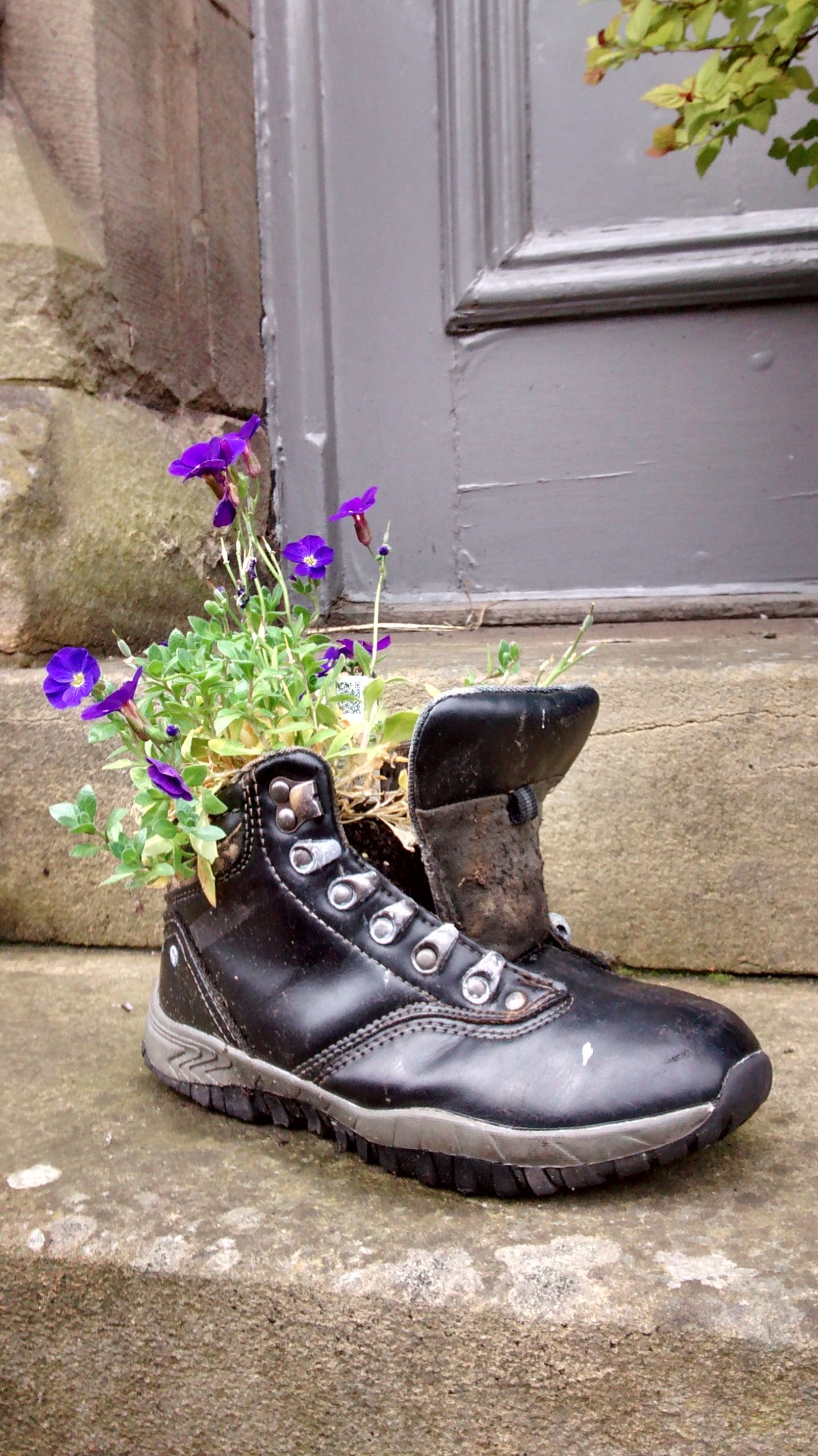
Reconsider the Type of Footwear You Actually Need
Hefty boots reaching up above the ankle are synonymous with the hiking world, however just because they are the norm doesn’t mean they are the best option for all routes. Yes, hiking boots offer superior ankle support, warmth and overall protection. Yes, they are more readily waterproofed.
However, large boots are not necessary in all circumstances, sometimes proving overkill on certain trails. In summer they can heat up far too much, effectively cooking and swelling your feet. This also raises your overall body temperature once you get moving. There is a saying that one pound on your feet equals five pounds on your back. As such, many hikers and walkers now choose other footwear.
For example, when hiking a fairly flat trail such as the Causeway Coast Hike in Northern Ireland, and when tackling a hike like Spain’s Camino Frances during the summer, you’ll see more and more walkers not wearing boots at all. In such conditions and climates, the moderately experienced hiker can get away with lightweight below-ankle boots, trail runners or even sneakers.
In fact, wearing smaller trail and running shoes provides the benefit of having a smaller footprint overall. Although counterintuitive to many, this can often be substantially better when hiking and climbing up steeper and rockier terrain. There’s a reason why rock climbers wear shoes comparable in size to those worn by ballerinas.
We hope that you enjoyed this guide to footcare for hikers. If you’re interested in more information on hiking in Ireland, Scotland, England, Wales or on The Camino, just get in touch.
